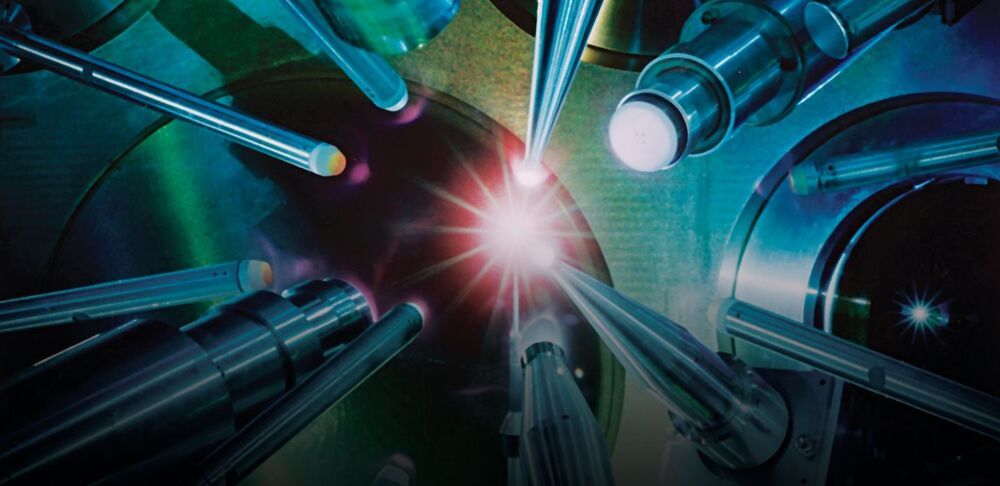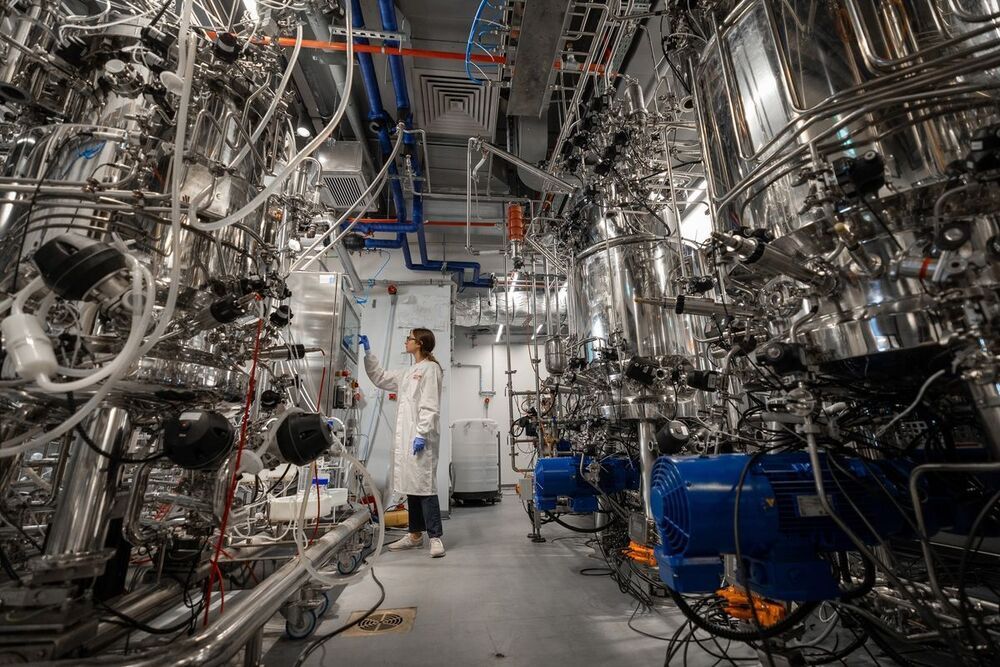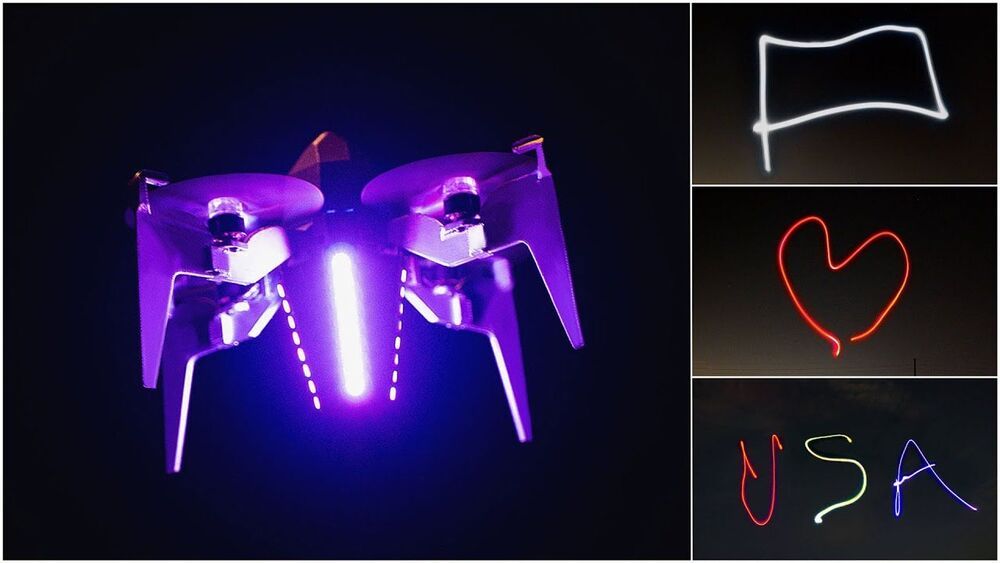First look at the complete lobster genome might also shed light on human aging.
In a study in Nature Plants, Yiping Qi, associate professor of Plant Science at the University of Maryland (UMD), introduces a new and improved CRISPR 3.0 system in plants, focusing on gene activation instead of traditional gene editing. This third generation CRISPR system focuses on multiplexed gene activation, meaning that it can boost the function of multiple genes simultaneously. According to the researchers, this system boasts four to six times the activation capacity of current state-of-the-art CRISPR technology, demonstrating high accuracy and efficiency in up to seven genes at once. While CRISPR is more often known for its gene editing capabilities that can knock out genes that are undesirable, activating genes to gain functionality is essential to creating better plants and crops for the future.
“While my lab has produced systems for simultaneous gene editing [multiplexed editing] before, editing is mostly about generating loss of function to improve the crop,” explains Qi. “But if you think about it, that strategy is finite, because there aren’t endless genes that you can turn off and actually still gain something valuable. Logically, it is a very limited way to engineer and breed better traits, whereas the plant may have already evolved to have different pathways, defense mechanisms, and traits that just need a boost. Through activation, you can really uplift pathways or enhance existing capacity, even achieve a novel function. Instead of shutting things down, you can take advantage of the functionality already there in the genome and enhance what you know is useful.”
In his new paper, Qi and his team validated the CRISPR 3.0 system in rice, tomatoes, and Arabidopsis (the most popular model plant species, commonly known as rockcress). The team showed that it is possible to simultaneously activate many kinds of genes, including faster flowering to speed up the breeding process. But this is just one of the many advantages of multiplexed activation, says Qi.
Learning the results sparked a moment of joyous celebration, Park says: high fives to everyone.
“This is some of the first experimental evidence of the formation of these collisionless shocks,” says plasma physicist Francisco Suzuki-Vidal of Imperial College London, who was not involved in the study. “This is something that has been really hard to reproduce in the laboratory.”
The team also discovered that electrons had been accelerated by the shock waves, reaching energies more than 100 times as high as those of particles in the ambient plasma. For the first time, scientists had watched particles surfing shock waves like the ones found in supernova remnants.
Other companies, including BlueNalu Inc., Upside Foods Inc. and Eat Just, have expressed an intention to sell cell-based products in the U.S. Like them, Future Meat must get approval from the U.S. Department of Agriculture and the Food and Drug Administration before offering its products to the public. Kshuk is optimistic, though reaching price parity with conventional meat will probably take the nascent industry a few years.
An Israeli startup wants to replace chicken coops, barns and slaughterhouses with bioreactors to churn out cell-based meat for American diners.
Future Meat Technologies Ltd. is in talks with U.S. regulators to start offering its products in restaurants by the end of next year. The company has just opened what it calls the world’s first industrial cellular meat facility, which will be able to produce 500 kilograms (1102 pounds) a day.
“From the get-go, our main focus was around scaling up and reducing cost in order to have a commercially viable product,” Chief Executive Officer Rom Kshuk said in an interview.
Scientists have given the all-clear.
Warp drive is having a moment. Just last week, scientists dropped a bombshell when they unveiled the first physical model for a warp drive, the holy grail of space travel that would allow us to bend the fabric of space and time to their will and overcome the vast distances separating humans from the stars. Now, another astrophysicist has delivered an equally exciting warp drive breakthrough.
Up until this point, scientists have slowly chipped away at the fantasy of faster-than-light (FTL) travel by relying on theories of bizarre physics and exotic matter. But in a new paper, Göttingen University’s Erik Lentz has created a theoretical design of a warp drive that’s actually grounded in conventional physics. Lentz’s theory overcomes the need for a source of exotic matter in previous designs by reimagining the shape of warped space.
To put this into context, we’ll catch you up to (warp) speed. The colloquial term “warp drive” comes from science fiction, most famously Star Trek. The Federation’s FTL warp drive works by colliding matter and antimatter and converting the explosive energy to propulsion. Star Trek suggests this extraordinary power alone pushes the ship at FTL speeds.
Two teams of researchers took part in the dramatic discovery, published in the prestigious Science journal: an anthropology team from Tel Aviv University headed by Prof. Israel Hershkovitz, Dr. Hila May and Dr. Rachel Sarig from the Sackler Faculty of Medicine and the Dan David Center for Human Evolution and Biohistory Research and the Shmunis Family Anthropology Institute, situated in the Steinhardt Museum at Tel Aviv University; and an archaeological team headed by Dr. Yossi Zaidner from the Institute of Archaeology at the Hebrew University of Jerusalem.
Timeline: The Nesher Ramla Homo type was an ancestor of both the Neanderthals in Europe and the archaic Homo populations of Asia.
Prof. Israel Hershkovitz: “The discovery of a new type of Homo” is of great scientific importance. It enables us to make new sense of previously found human fossils, add another piece to the puzzle of human evolution, and understand the migrations of humans in the old world. Even though they lived so long ago, in the late middle Pleistocene (474000−130000 years ago), the Nesher Ramla people can tell us a fascinating tale, revealing a great deal about their descendants’ evolution and way of life.”
Tiny electric rocket ships.
Unique Rapid Ascent Drones (RADs) can be used as a firework alternative and for light painting, but could also revolutionize space flight.
Flaws in card reader technology let a security firm consultant wreak havoc with point-of-sale systems and more.
The Jerusalem Post.
Hebrew U and Tel Aviv University researchers found remains of a new type of ‘Homo’ who lived in the region some 130000 years ago.









